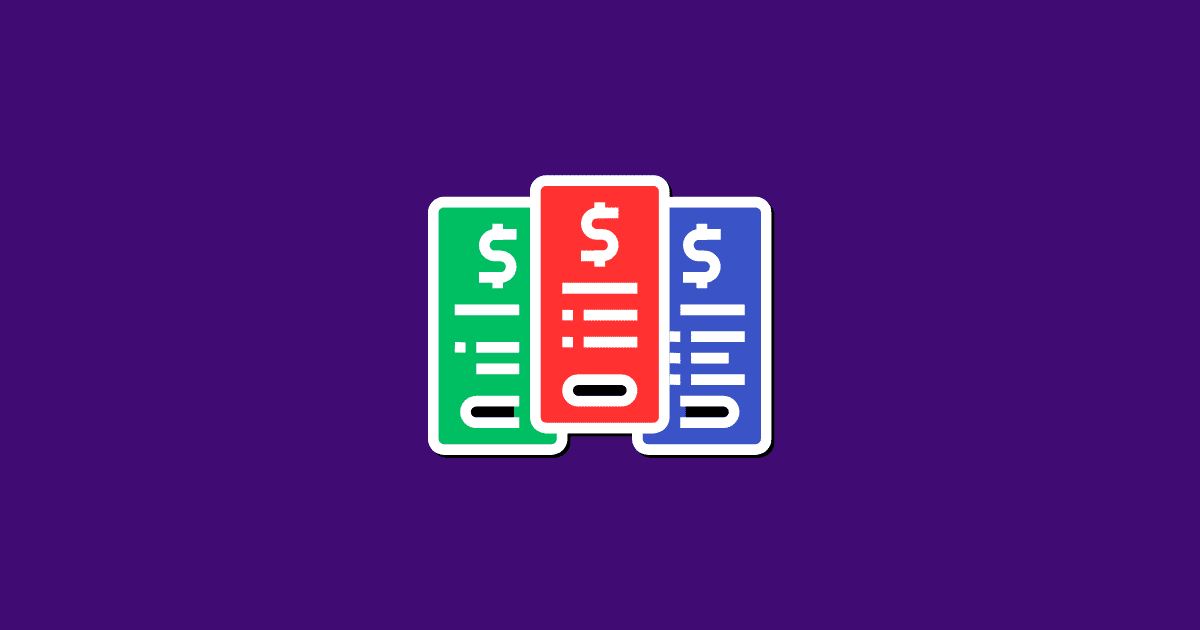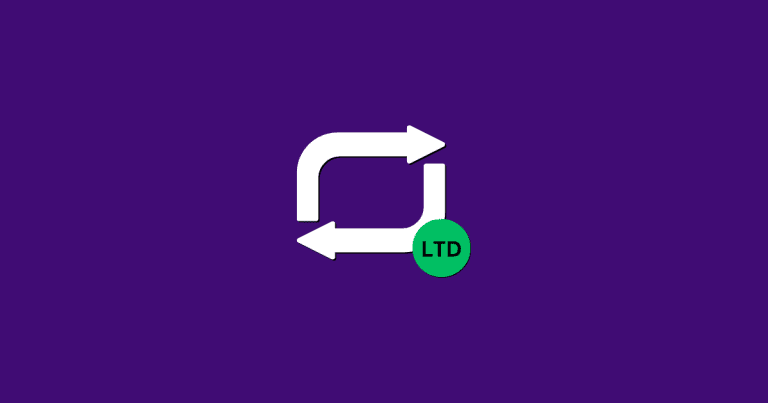The Importance of SaaS Product Pricing Strategy Experimentation [2023]
Capturing the right pricing strategy for your SaaS product can be a challenging task.
It is a crucial step towards the success of your business.
The solution? Keep experimenting.
Be it your product’s pricing or how you present it on your landing page to different customers.
In this blog post, we’ll delve into the importance of testing and adjusting your pricing strategies, and with practical tips to help you stay ahead in the SaaS market.
The Risk of Complacency in SaaS Product Pricing
Product managers and marketers should not be complacent when it comes to pricing strategies.
Especially when you have launched a Lifetime Deal, you should be wary of it.
Once you run a lifetime deal for your SaaS product, you gain momentum and see an increase in your customer acquisition. I.e., customers apart from your Lifetime Deal customers. Such a sudden increase in signup rate and MRR can make you get comfortable with your current product pricing.
It makes you less likely to keep experimenting with your product pricing. And it may lead you to believe that your product pricing is perfect since people are ready to pay for your product at the current pricing.
However, it is far from perfect. And the practice is far from ideal for your product’s growth.
Here are the potential risks of not experimenting with your product’s pricing:
1. Missed Revenue Opportunities
Not experimenting with SaaS product pricing could often mean you are missing opportunities for increased sales and revenue.
2. Decreased Competitiveness
The SaaS market is highly competitive. You will be risking falling behind your competitors if you don’t experiment with your pricing strategies.
3. Limited Market Reach
Different regions and demographics may respond differently to your pricing, and by not adjusting your pricing strategy accordingly, you could be missing out on potential customers in those markets.
4. Customer Dissatisfaction
If your pricing is too high, customers may feel that they are not getting enough value from your product. And if your pricing is too low, they may doubt the quality and reliability of your product.
Additionally, if you don’t offer different pricing plans that cater to different customer segments, customers may feel that your product is not tailored to their specific needs.
5. Stagnation and Decline
Without constant experimentation, your pricing strategy can become stagnant, leading to a decline in sales and revenue over time.
As your SaaS product gains more users and becomes more established in the market, you should continue to test and adjust your pricing strategies to maximize profits.
One effective way to keep up with market trends is by conducting regular competitor analysis. This enables you to see how your pricing compares to other products in the market.
Additionally, you can also leverage data analysis to identify trends in customer behavior and preferences to help adjust the pricing accordingly.
In short, continually experimenting with different pricing strategies can help ensure that your product remains competitive in the long run.
The Importance of Purchase Parity in SaaS Product Pricing
One of the key aspects of successful pricing strategies for SaaS products is the ability to adapt to changing market demands.
You can do this by implementing pricing purchase parity, where you offer different pricing ideas for people from different countries or economic regions. Implementing purchase parity opens up your product to new markets and potential revenue from different regions across the globe.
In addition to pricing, adapting to market demands can also involve shuffling feature ideas based on different pricing levels.
By doing so, you can determine which features add more value to customers and put them into higher tiers, further increasing revenue.
It’s also essential to understand your target audience and their willingness to pay for your product.
The Benefits of SaaS Product Pricing Experimentation
Experimenting with your SaaS pricing strategy can provide several benefits to your business.
First and foremost, it allows you to find the optimal price point for your product that maximizes revenue while still being attractive to potential customers.
By testing different pricing options, you can also gain valuable insights into customer behavior and preferences.
For example, you may discover that certain features are more valuable to customers than others, which can help inform future product development decisions.
Experimenting with pricing also allows you to stay flexible and responsive to market changes. As the market evolves and new competitors enter the space, you can adjust your pricing strategy to remain competitive and continue growing your business.
By offering different pricing tiers and plans, you can cater to a wider range of customers with different needs and budgets, ultimately increasing your customer base and revenue potential.
Here’s a summary of the different benefits of experimenting with your SaaS product pricing.
1. Finding the optimal price point for your product that maximizes revenue while still being attractive to potential customers.
2. Gaining valuable insights into customer behavior and preferences, informing future product development decisions.
3. Staying flexible and responsive to market changes, adjusting pricing strategy to remain competitive and continue growing your business.
4. Catering to a wider range of customers with different needs and budgets, ultimately increasing customer base and revenue potential.
5. Identifying which features are adding the most value to the product, and incorporating these features into higher tiers for increased revenue.
6. Attracting new customers and acquiring more users by offering different pricing plans tailored to specific customer needs.
By offering different pricing ideas for people in different countries, for example, businesses can tailor their products to meet the specific needs of their customers, increasing the likelihood of attracting new users.
Conclusion
A successful SaaS pricing strategy involves adapting to market demands and continually experimenting with different pricing options.
Purchase parity can open up new markets and increase potential revenue while shuffling features based on pricing levels can determine which features add more value to customers. Experimentation with pricing not only helps find the optimal price point but also provides valuable insights into customer behavior and preferences, allowing for flexibility and responsiveness to market changes.
By understanding your target audience and their willingness to pay for your product, you can develop a pricing strategy that maximizes revenue while still being attractive to potential customers.






